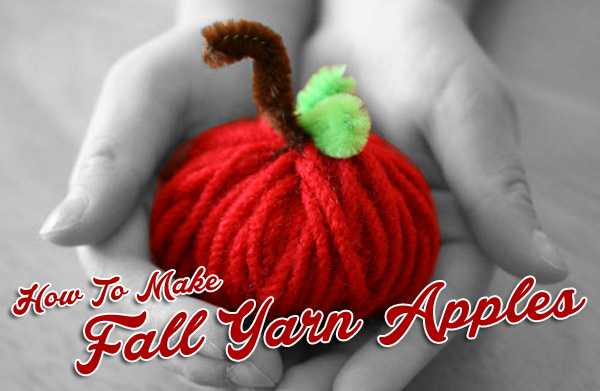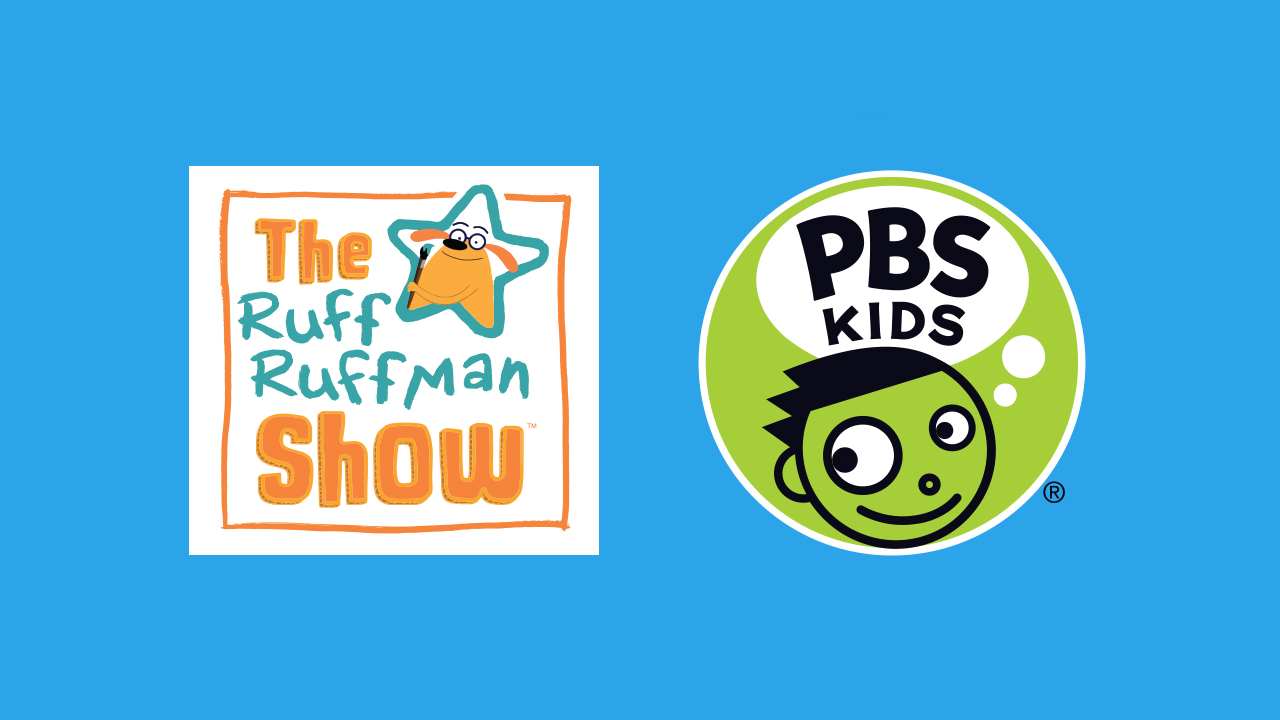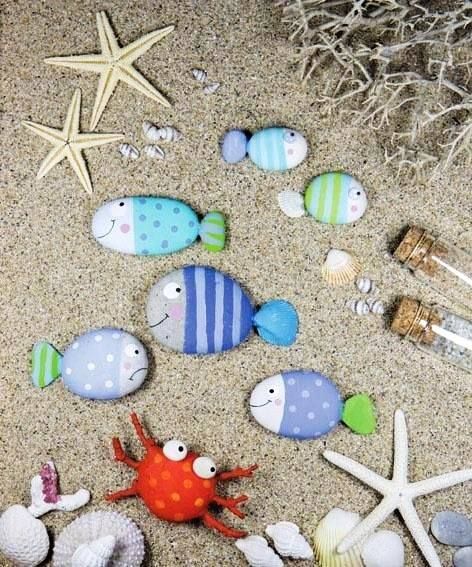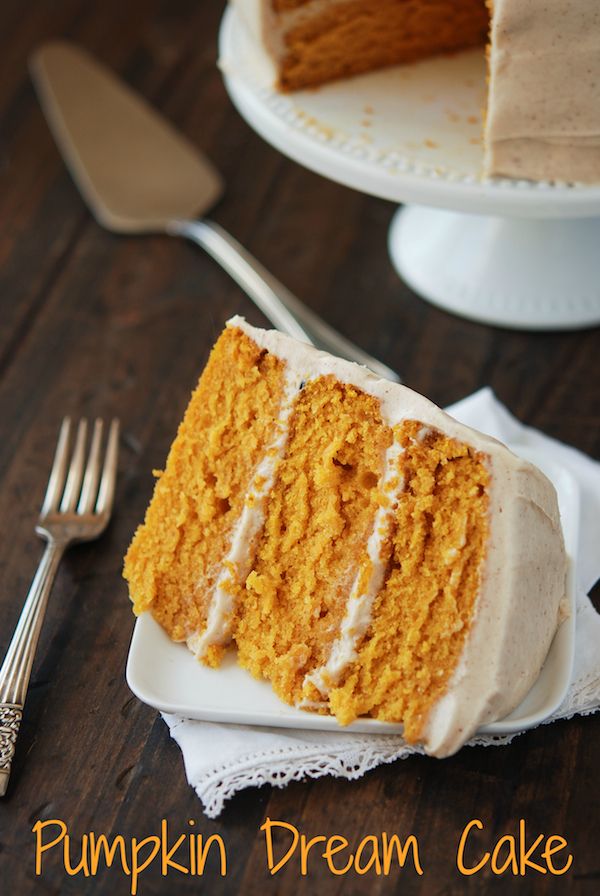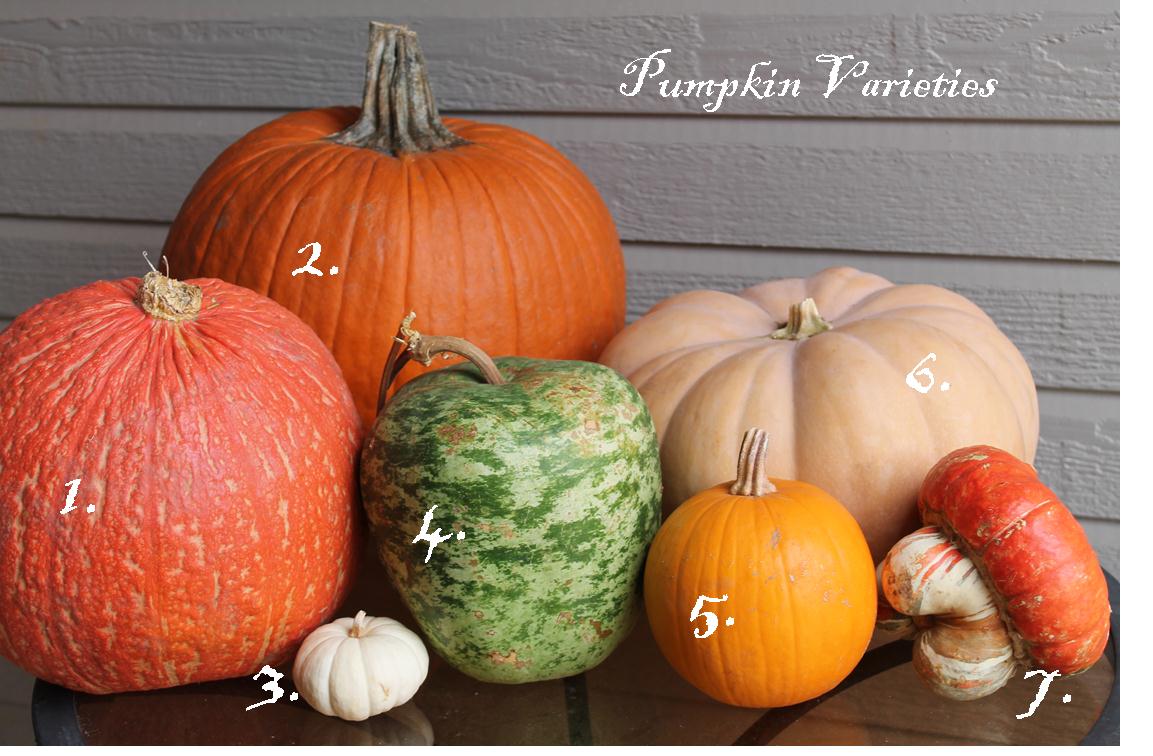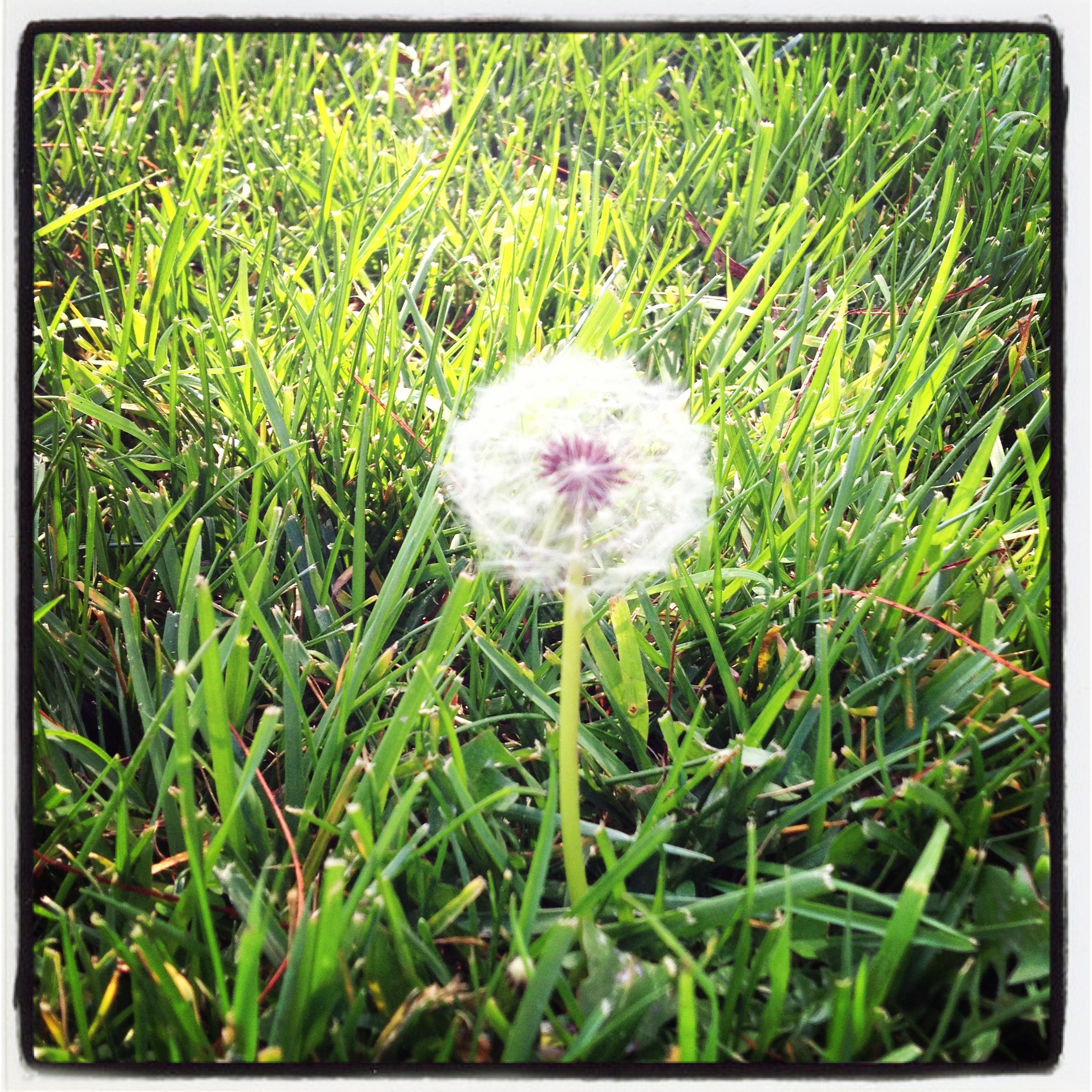-
How To Make Fall Yarn Apples
How To Make Fall Yarn Apples This easy craft will yield a harvest of yarn apples in no time! Materials • Red and light green yarn, 3 feet for each apple • Brown and dark green pipe cleaners • Wire cutters (or good scissors to cut pipe cleaners) • Scissors • Cardboard Preparation: Cut pieces of cardboard 2 x 5 inches Bend each piece in half lengthwise, then open it again, so it is almost flat again. Instructions • Start wrapping the red yard around the cardboard. Try to go around 100 times, though 80 times will do. • Cut a brown pipe cleaner in half and…
-
Recipes :: 5 Delicious Pumpkin Treats
Next to blueberry pie, I adore pumpkin pie and love this time of year as I have an excuse to eat it all season long! Pumpkin is a very nutritious food and low on the glycemic index (a good idea to watch if you are trying to lose weight). Pumpkin is high in Vitamin E (Alpha Tocopherol), Pantotenic Acid, Magnesium, Phosphorus, Potassium and Copper and a good source of Dietary Fiber, Vitamin A and C, Vitamin K, and Iron and Maganese. Pumpkins, like other members of the squash family, are thought to have originated from North America. The oldest evidence are pumpkin-related seeds dating between 7000 and 5500 BC, were found…
-
Pumpkins, Gourds, and Squash, Oh My!
October is synonymous with pumpkins, gourds and squash. Throughout the month, they are used for décor, the main ingredient of seasonal dishes and as children’s whimsical canvas for spooky designs. However, did you know pumpkins and gourds, as well as squash, come in more shades of color than orange or yellow? With over 300 varieties of pumpkins, gourds, and squash grown annually, it is amazing to discern the color palette of nature: oranges, greens, yellows, blues, whites, striped, splotched, and spotted. Textures also vary greatly. Due to the close familial orientation of the three, it can often be difficult to tell them apart. All are members of the Cucurbita…
